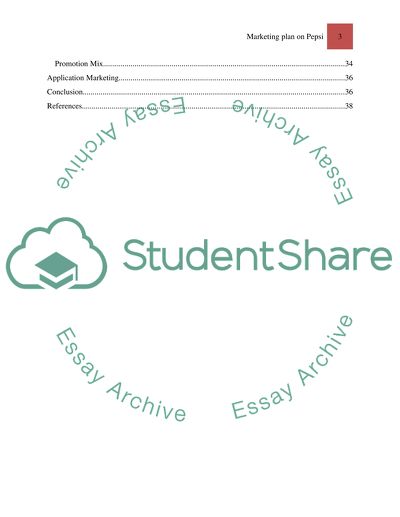Cite this document
(“Pepsi Research Paper Example | Topics and Well Written Essays - 4000 words”, n.d.)
Retrieved from https://studentshare.org/marketing/1640273-pepsi
Retrieved from https://studentshare.org/marketing/1640273-pepsi
(Pepsi Research Paper Example | Topics and Well Written Essays - 4000 Words)
https://studentshare.org/marketing/1640273-pepsi.
https://studentshare.org/marketing/1640273-pepsi.
“Pepsi Research Paper Example | Topics and Well Written Essays - 4000 Words”, n.d. https://studentshare.org/marketing/1640273-pepsi.


